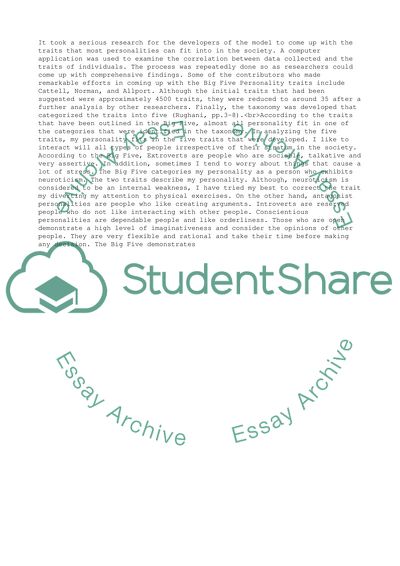Cite this document
(Personal Development Plan Assignment Example | Topics and Well Written Essays - 2250 words, n.d.)
Personal Development Plan Assignment Example | Topics and Well Written Essays - 2250 words. https://studentshare.org/management/1874947-personal-development-plan
Personal Development Plan Assignment Example | Topics and Well Written Essays - 2250 words. https://studentshare.org/management/1874947-personal-development-plan
(Personal Development Plan Assignment Example | Topics and Well Written Essays - 2250 Words)
Personal Development Plan Assignment Example | Topics and Well Written Essays - 2250 Words. https://studentshare.org/management/1874947-personal-development-plan.
Personal Development Plan Assignment Example | Topics and Well Written Essays - 2250 Words. https://studentshare.org/management/1874947-personal-development-plan.
“Personal Development Plan Assignment Example | Topics and Well Written Essays - 2250 Words”. https://studentshare.org/management/1874947-personal-development-plan.


